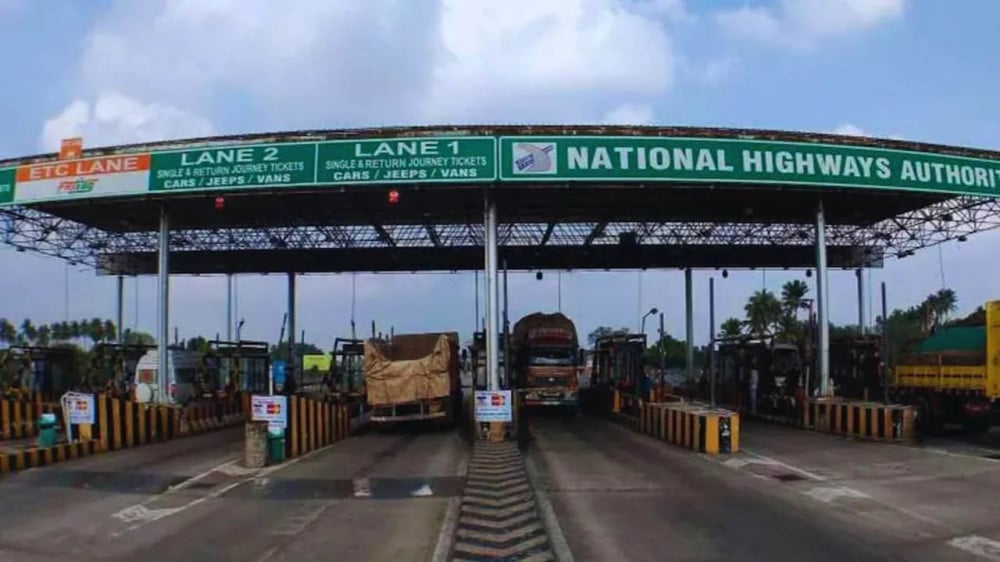
The Global Navigation Satellite System (GNSS) based toll collection system has been implemented in the country. The Ministry of Road Transport and Highways issued new rules for this change on Tuesday. Only GNSS equipped vehicles will benefit. Their number is still low, so this system will work on hybrid mode for now. That is, toll collection will continue through cash, Fastag and automatic number plate recognition.
There is no toll for 20 kms.
No toll will be charged from private vehicles equipped with GNSS for a distance of 20 km per day on national highways. They will be charged toll for distances above 20 km. That is, when you pass through any toll gate, you will be able to travel up to 20 km for free without paying any toll tax. But your toll will start counting from the 21st km.
What is the Global Navigation Satellite System?
All national highways in the country have been mapped using GIS (Geographical Information System). Unlike FASTAG, GNSS works on satellite-based technology. This enables accurate tracking. It uses GPS and India's GPS Assisted GEO Augmented Navigation (GAGAN) system to calculate toll.
How will GNSS work?
- After the implementation of GNSS, as soon as the vehicle reaches the highway, its entry point will be the toll gate. The meter will start as soon as it touches the highway. Locals are allowed to go 20 km away from the toll gate. Toll calculation will start from the 21st km.
- Some lanes at each toll will be dedicated to GNSS, so that only GNSS enabled vehicles can pass through that lane.
- The new system requires all vehicles to have a GNSS onboard unit. This is currently only available in new vehicles that have a panic button for emergency assistance. All other vehicles will have to install this system.
- Like Fastag, the on-board unit will also be available through a government portal. These will be installed on vehicles. The toll will be deducted from the bank account linked to it.
- The cost of installing OBU in a car/truck is around Rs. 4,000, which has to be borne by the vehicle owner.
- Once all vehicles are fitted with GNSS units and all lanes are GNSS-ready, all toll booths will be completely removed from the roads.
- NHAI spends around Rs. 40,000 crore annually on toll revenue. This will increase to Rs. 200. 1.4 lakh crore is expected once the new system is fully implemented.
- Expressions were invited for the implementation of GNSS. Based on these applications, requests for tenders are now being issued.
In which cities is the trial going on?
Trial runs for toll collection through GNSS were conducted on Bengaluru-Mysore Highway (NH-275) and Panipat-Hisar (NH-709). Also, there are currently no dedicated lanes for GNSS anywhere in the country. To make vehicles GNSS enabled, an on-board unit (OBU) or tracking device has to be installed.
 look news india
look news india

